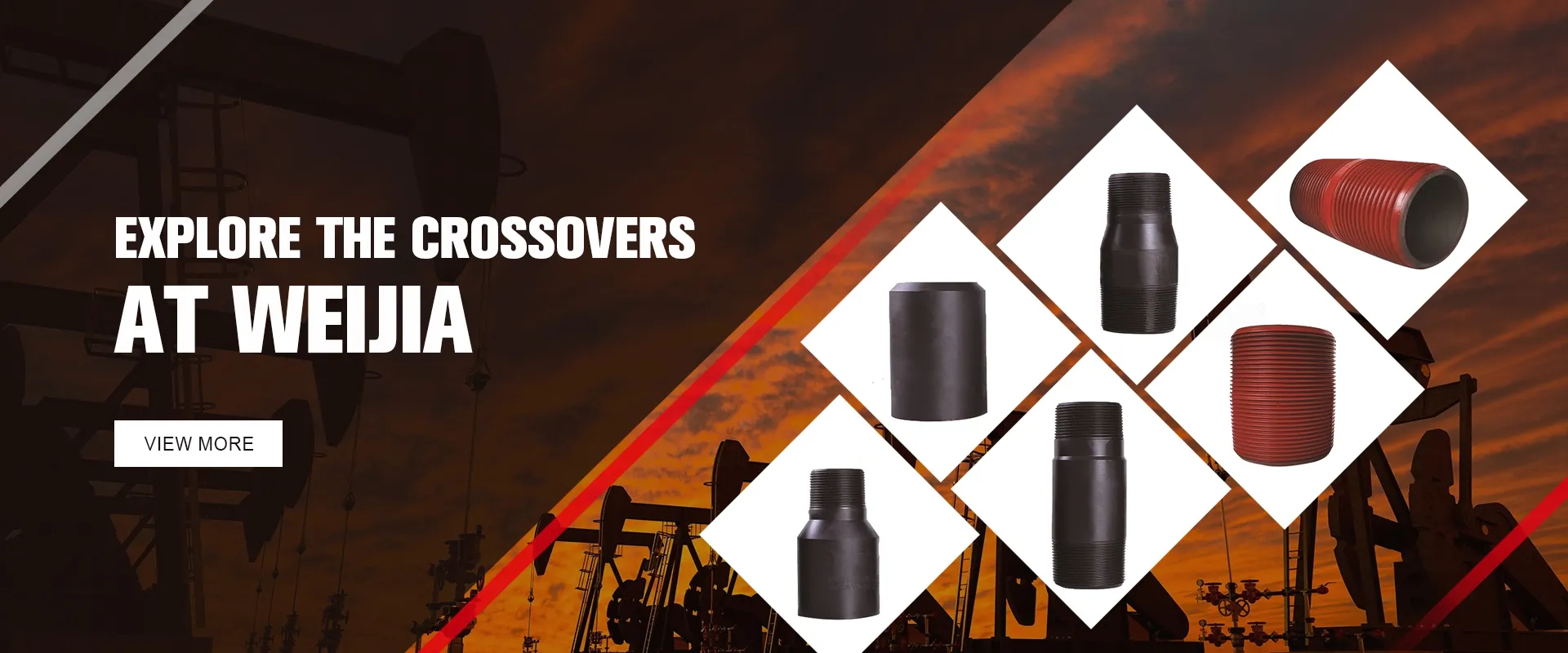- Afrikaans
- Albanian
- Amharic
- Arabic
- Armenian
- Azerbaijani
- Basque
- Belarusian
- Bengali
- Bosnian
- Bulgarian
- Catalan
- Cebuano
- Corsican
- Croatian
- Czech
- Danish
- Dutch
- English
- Esperanto
- Estonian
- Finnish
- French
- Frisian
- Galician
- Georgian
- German
- Greek
- Gujarati
- Haitian Creole
- hausa
- hawaiian
- Hebrew
- Hindi
- Miao
- Hungarian
- Icelandic
- igbo
- Indonesian
- irish
- Italian
- Japanese
- Javanese
- Kannada
- kazakh
- Khmer
- Rwandese
- Korean
- Kurdish
- Kyrgyz
- Lao
- Latin
- Latvian
- Lithuanian
- Luxembourgish
- Macedonian
- Malgashi
- Malay
- Malayalam
- Maltese
- Maori
- Marathi
- Mongolian
- Myanmar
- Nepali
- Norwegian
- Norwegian
- Occitan
- Pashto
- Persian
- Polish
- Portuguese
- Punjabi
- Romanian
- Russian
- Samoan
- Scottish Gaelic
- Serbian
- Sesotho
- Shona
- Sindhi
- Sinhala
- Slovak
- Slovenian
- Somali
- Spanish
- Sundanese
- Swahili
- Swedish
- Tagalog
- Tajik
- Tamil
- Tatar
- Telugu
- Thai
- Turkish
- Turkmen
- Ukrainian
- Urdu
- Uighur
- Uzbek
- Vietnamese
- Welsh
- Bantu
- Yiddish
- Yoruba
- Zulu
Stainless Steel Coupling for Enhanced Durability and Performance in 3 and 4 Inch Applications
Understanding Stainless Steel Couplings An Essential Component in Industrial Applications
Stainless steel couplings are critical components widely used across various industries for connecting pipes, shafts, or other cylindrical parts. Their robust design, corrosion resistance, and ability to withstand high temperatures and pressures make them ideal for numerous applications, particularly in environments that require durability and reliability. In this article, we delve into the characteristics, types, and advantages of stainless steel couplings, with a particular focus on sizes such as 3-inch and 4-inch models.
The Importance of Stainless Steel Couplings
Couplings serve as essential connectors that facilitate the smooth operation of machinery and piping systems. In many industrial applications, the need for a secure, leak-proof connection is paramount. Stainless steel, renowned for its strength and corrosion resistance, is the material of choice for manufacturers of couplings. The use of stainless steel ensures that couplings can endure not only the physical demands placed upon them but also the harsh chemical environments that may be encountered in sectors such as oil and gas, chemical processing, and food production.
Characteristics of Stainless Steel Couplings
1. Corrosion Resistance One of the standout features of stainless steel is its resistance to rust and corrosion. This characteristic is crucial when couplings are exposed to moisture and various chemicals. Couplings made from high-quality stainless steel alloys, such as 304 or 316 stainless steel, exhibit superior resistance, ensuring longevity and lower maintenance costs.
2. Strength and Durability Stainless steel couplings are designed to withstand significant mechanical stress. Their tensile strength makes them suitable for high-pressure applications where weaker materials might fail. This strength ensures that the couplings maintain their integrity under challenging conditions.
3. Temperature Tolerance Stainless steel can withstand extreme temperatures, making these couplings a reliable choice in applications where thermal expansion and contraction occur. They can perform efficiently in both cryogenic and high-heat environments.
4. Versatility Stainless steel couplings are available in various sizes and configurations, such as threaded, flanged, and clamp types. This versatility allows for seamless integration into existing systems, accommodating different pipe sizes and types.
Common Types of Stainless Steel Couplings
stainless steel coupling 3 4

1. Threaded Couplings Often used for connecting pipes of similar or different diameters, threaded couplings provide a tight seal through the use of male and female threads. The 3-inch and 4-inch threaded couplings are particularly popular in plumbing and hydraulic applications.
2. Flanged Couplings Flanged couplings consist of two flanged ends that are bolted together, creating a strong connection. They are commonly used in large piping systems where easy disassembly for maintenance is required.
3. Clamp Couplings Also known as quick-release couplings, these provide a fast and easy method to connect and disconnect pipes without the use of tools. They are favored in situations where frequent maintenance is necessary.
4. Flexible Couplings These are designed to accommodate slight misalignments and vibrations between connected components. They are particularly useful in rotary applications, such as motor-driven machinery.
Applications in Various Industries
Stainless steel couplings, particularly the 3-inch and 4-inch variants, find applications in a wide range of sectors
- Oil and Gas Used in pipelines and drilling equipment, where resilience to harsh conditions is essential. - Food and Beverage Common in processing equipment due to the non-reactive nature of stainless steel, ensuring food safety. - Chemical manufacturing Employed in transporting various chemicals, where corrosion resistance is crucial. - Water Treatment Used in systems that manage potable water supply or wastewater treatment to ensure the structural integrity of piping networks.
Conclusion
In conclusion, stainless steel couplings are indispensable for a multitude of industries that demand high levels of durability, corrosion resistance, and connection reliability. The availability of sizes such as 3-inch and 4-inch allows for flexible applications across diverse systems. As industries continue to prioritize efficiency and safety in their operations, the role of stainless steel couplings will only become more significant. Understanding their distinct features and functionality helps engineers and technicians select the right coupling for their specific needs, ensuring optimal performance in every application.
-
Tubing Pup Joints: Essential Components for Oil and Gas OperationsNewsJul.10,2025
-
Pup Joints: Essential Components for Reliable Drilling OperationsNewsJul.10,2025
-
Pipe Couplings: Connecting Your World EfficientlyNewsJul.10,2025
-
Mastering Oilfield Operations with Quality Tubing and CasingNewsJul.10,2025
-
High-Quality Casing Couplings for Every NeedNewsJul.10,2025
-
Boost Your Drilling Efficiency with Premium Crossover Tools & Seating NipplesNewsJul.10,2025







